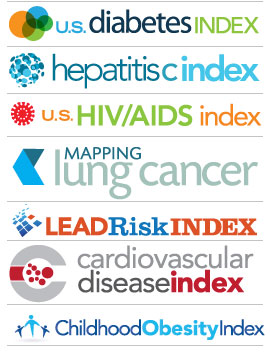Geographic Variation in Dual Eligible Enrollment
Medicare News Tuesday, May 29th, 2012Kff.org: 5/24/2012.
Over 9 million elderly Americans and younger persons with disabilities are jointly enrolled in the Medicaid and Medicare programs. These “dual eligibles” receive coverage for most medical services from Medicare, and they also receive Medicaid assistance for Medicare premiums and cost-sharing and coverage of benefits not offered under Medicare (such as long-term care). Dual eligibles are among the sickest and poorest individuals covered by Medicare and Medicaid and, as a group, account for a disproportionate share of spending in both programs. For this reason, policymakers are focusing on dual eligible individuals in planning new initiatives to improve care coordination and quality, expand the use of managed care, or enhance current service delivery programs with the goal of achieving cost savings. States, which administer the Medicaid program jointly with the federal government, are playing an active role in the development of these proposals.
There is significant variation across states in the role that dual eligibles play within state Medicaid programs. Figure 1 shows that dual eligibles account for a varying share of Medicaid enrollees by state, from a low of 10 percent in Arizona and Utah to a high of 26 percent in Maine. These variations reflect a state’s demographic profile as well as state policy choices in Medicaid eligibility and coverage. In general, states in the East—which tend to have older overall populations—have a higher share of Medicaid enrollees who are dual eligibles than those in the Midwest and West. However, states with a relatively low share of Medicaid enrollees who are duals (such as California and Illinois) may have a much higher number of dual eligibles enrolled in Medicaid than states with a higher share, since these states have larger overall populations. Read more

